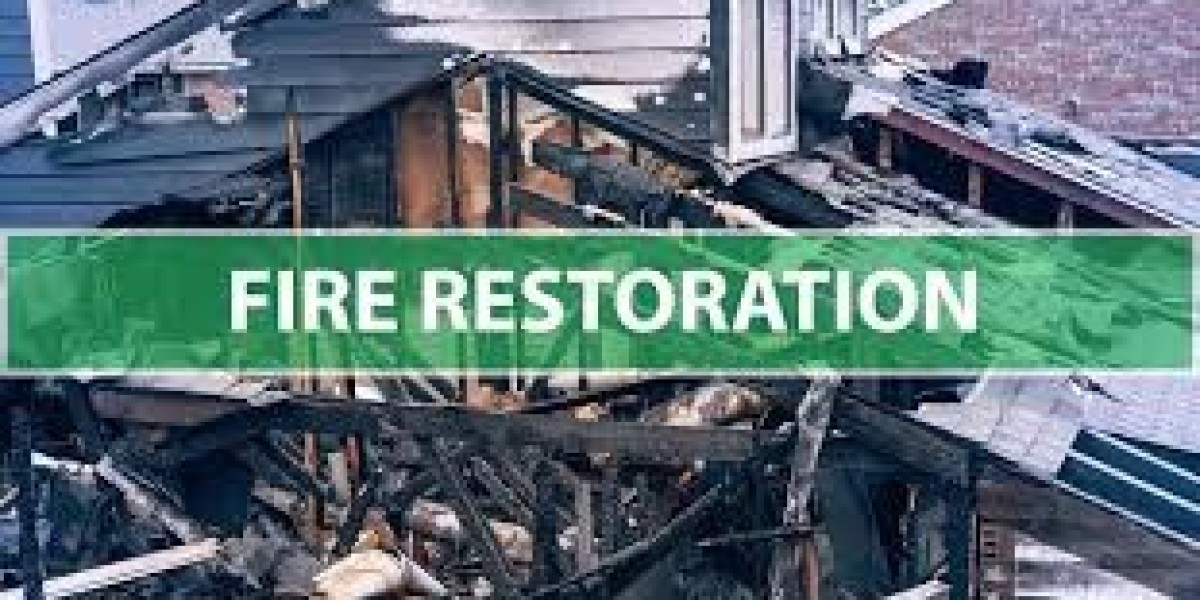A fire can be one of the most devastating experiences for any property owner. While the immediate danger may end once the flames are extinguished, the aftermath—smoke damage, soot, water saturation, and structural issues—can be just as overwhelming. The Fire Damage Restoration Process is a comprehensive, step-by-step approach designed to clean, repair, and restore homes or businesses to their original condition.
1. Emergency Response and Inspection
Time is critical after a fire. Professional restoration companies offer 24/7 emergency services to assess the damage and begin the recovery process quickly. During the initial inspection, experts examine the structure, test air quality, and document the severity of fire, smoke, and water damage. This assessment helps create a customized restoration plan.
2. Securing the Property
Fires often compromise a building’s structural integrity and leave it vulnerable to weather or vandalism. Restoration teams secure the property by boarding up windows, covering damaged roofs with tarps, and fencing off hazardous areas. This step is essential for safety and to prevent further damage.
3. Water Removal and Drying
Water from firefighting efforts can soak floors, walls, and belongings. Restoration teams use industrial-grade vacuums, pumps, and dehumidifiers to extract water and completely dry affected areas. Mold prevention treatments may also be applied during this phase.
4. Smoke and Soot Cleanup
Smoke and soot can cause long-term damage and health risks if not properly addressed. Specialized cleaning equipment and solutions are used to clean surfaces, remove soot stains, and neutralize odors from walls, ceilings, and personal belongings. Air scrubbers and HEPA filters may also be used to restore indoor air quality.
5. Cleaning and Sanitizing
After visible damage is removed, the property is deep-cleaned and sanitized. Salvageable items such as clothing, furniture, and electronics are cleaned using specialized methods. The goal is to eliminate contaminants, restore usability, and ensure a safe living or working environment.
6. Structural Repairs and Restoration
The final stage involves repairing and rebuilding damaged areas. This can include replacing drywall, flooring, roofing, and other structural elements. The property is restored to its pre-fire condition—or better—through careful reconstruction and finishing touches.
Conclusion
The fire damage restoration process requires skill, speed, and attention to detail. By working with certified professionals, property owners can navigate the aftermath of a fire with confidence, knowing their home or business will be rebuilt safely and efficiently.








